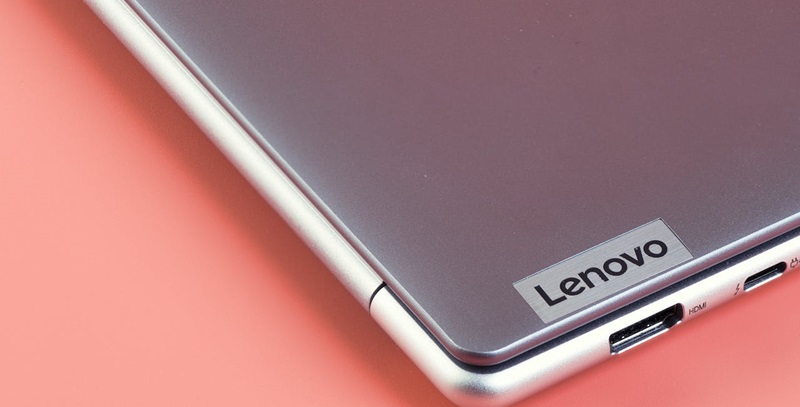Lenovo is forging into new frontiers with its groundbreaking transparent screen laptop, a leap into the future of tech design. This innovative notebook, flaunting a clear main display, has been teased through reports and captivating leaked images, arousing considerable internet excitement. With its transparency, the device offers a peek into the Windows 11 operating system, hinting at stylish multitasking opportunities. This technological marvel features a dual-screen setup, the centerpiece being a transparent OLED panel. Lenovo’s audacity in revealing such a concept shows they’re set on pushing the boundaries of traditional laptop aesthetics, signaling a trend where conventional computing could pair with a visually striking experience. This pivot by Lenovo could herald a new era in personal computing, where function meets a sprinkling of visual magic.
Unveiling the Unseen
Soon to make its official debut at the Mobile World Congress, this Lenovo device has stirred considerable interest among tech enthusiasts and professionals alike. The purpose and potential uses of a laptop wielding a transparent display panel are not immediately clear, yet they tantalize us with possibilities. Might it pave the way for new types of interactive content, or enhance the utility of dual-screen setups? The application of such technology is compounded by the inclusion of a second screen positioned below the transparent one, which boasts capacitive touch capabilities but forgoes a traditional keyboard. The result is a design that invites speculation and promises novelty, yet leaves us guessing at how it will truly enhance the computing experience.
Implications and Innovations
The notion of a see-through laptop screen is not without its reservations. Concerns about privacy immediately spring to mind, challenging the idea of open visibility in an era where screen content is often sensitive. Yet there is also the potential for new forms of entertainment, design work, or even collaborative interfaces where such transparency could revolutionize interactions. Lenovo’s past endeavors with devices like the Yoga Book, which experimented with dual-screen utility, indicate a willingness to push boundaries. This latest venture could be an extension of that, testing the waters for how consumers might react to a semi-transparent computing experience. As anticipation builds, the forthcoming Mobile World Congress presentation will be critical in providing answers and perhaps setting a new direction in the ever-evolving landscape of personal computing.

